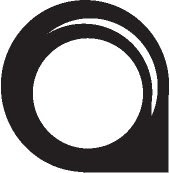Part of the Satter model was explained in the last post to determine how much food we should eat. Our bodies can tell us when to eat and when we are full, but our bodies can not tell us which nutrient to eat or what kind of food we need.
This post is a continuation, clarifying more about external and internal cues. Internal cues tell you if you are full, hungry, or if you have an appetite (those words are defined in the post below). Appetite might be a confusing cue to recognize. The reason appetite is part of your internal cues is because you shouldn’t restrict your body. If you have an appetite for a certain food, it is ok to eat that food. The whole point of the Satter model is to develop eating competence or become comfortable with food.
When you are trying to satisfy your appetite, you have to be listening to your other internal cues which tell you how much to eat.
When you try to listen and satisfy your appetite, remember that you still need to tell your body to eat with balance because our bodies can’t tell us what nutrient we need. For example, if your body has an appetite for chocolate you shouldn’t eat chocolate until you’re full. You could eat a little bit as well as other parts of a balanced meal such as your grains, fruits, and vegetables.
The external cues are things telling you to eat from outside your body. For example, if every time you are watching t.v. and you feel you need a snack, then the t.v. is probably triggering you to eat. Another example of an external cue is peers. If you are at a party and everyone is eating, then sometimes you feel you have to eat too. Remember, you should be listening to your internal cues to know if you are really hungry or not.
Don’t expect to be perfect. Keep practicing listening to your internal and external cues. Along with striving to eat well, remember that exercise and nutrition go hand in hand.
Subscribe to:
Post Comments (Atom)


No comments:
Post a Comment